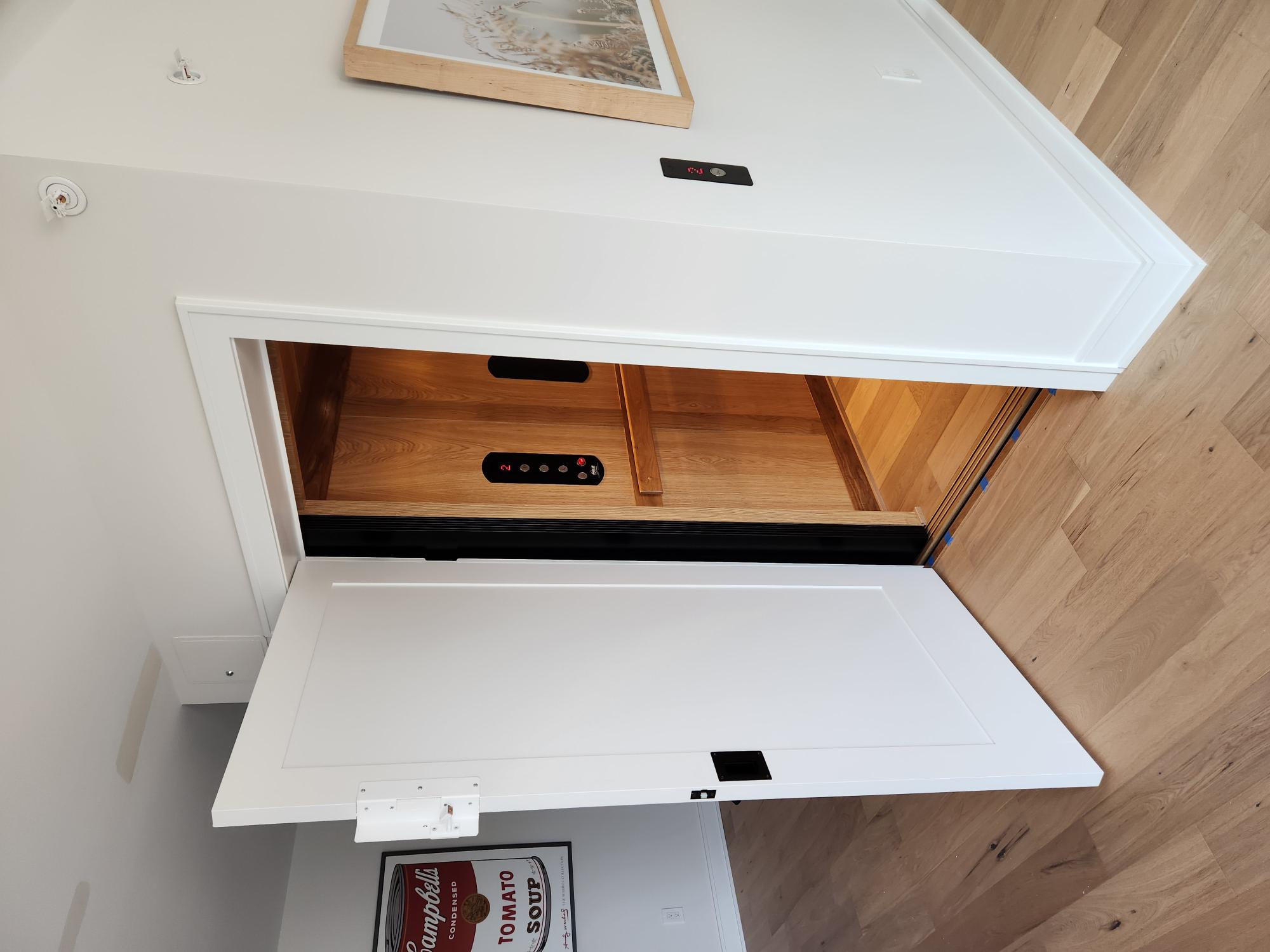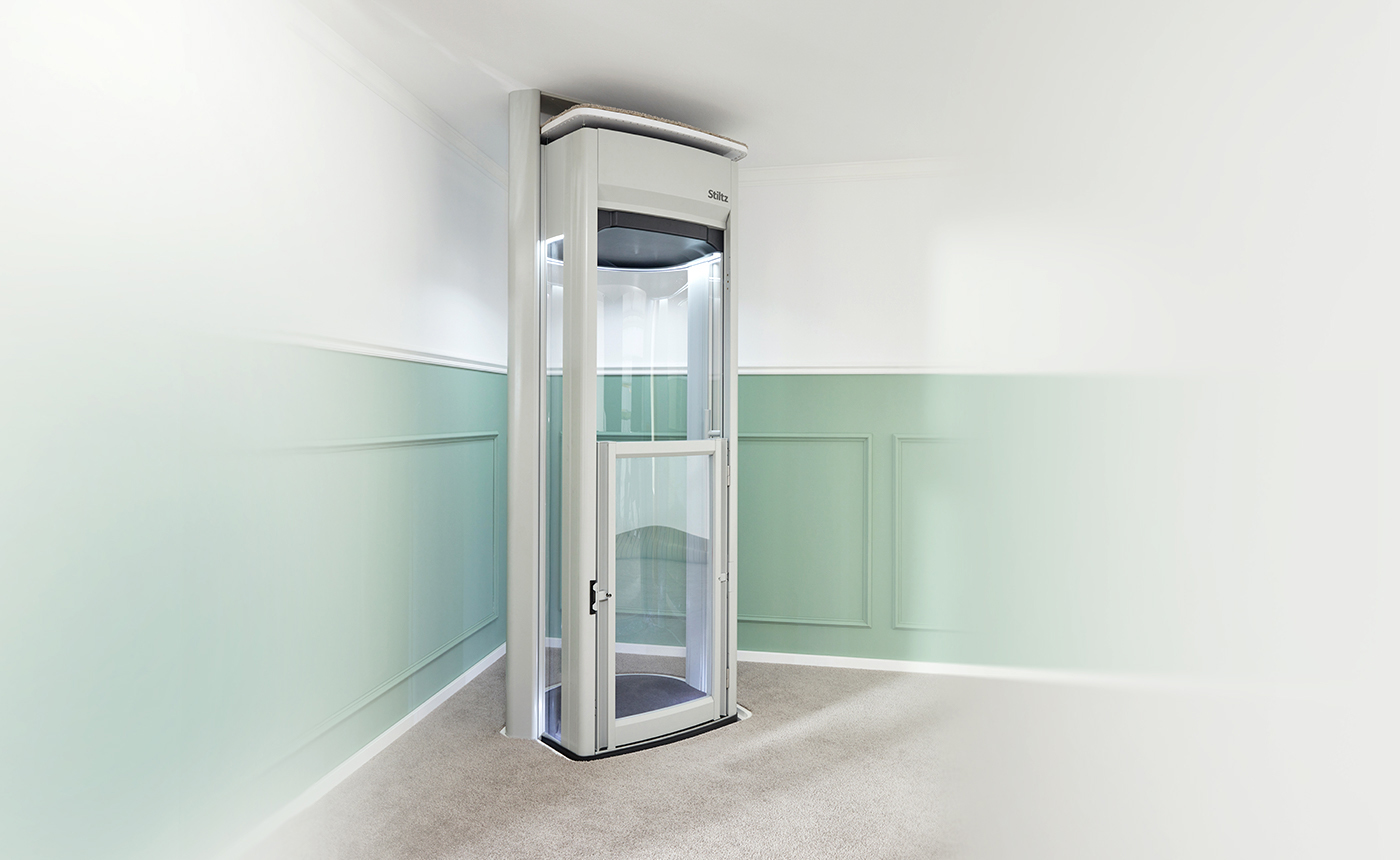Discover the most effective Disabled Platform Lifts Prices UK for Residential and Commercial Use
Digging Into the Globe of Lifts: Typical Issues Dealt With by Different Lift Devices
As we browse via the upright transport systems of contemporary structures, elevators stand out as an important component of our everyday lives. From hydraulic lifts to grip systems and machine-room-less designs, each lift kind comes with its collection of usual concerns.
Hydraulic Lifts
Hydraulic lifts, usually liked for low-rise structures, use fluid pressure to manage the activity of the lift cars and truck (lift repair companies). This device includes a hydraulic pump pushing oil into a cylinder, causing the elevator to relocate the wanted direction. While hydraulic lifts are known for their smooth and silent operation, they do come with their very own set of usual issues
One widespread issue with hydraulic lifts is oil leakage. The seals in the hydraulic system can put on out over time, leading to oil infiltration. This not only creates a mess but can likewise impact the elevator's efficiency if left unaddressed. In addition, concerns with the control system, such as damaged valves or a malfunctioning pump, can trigger disruptions in the elevator's activity.
Routine maintenance and punctual repairs are necessary to guarantee the smooth functioning of hydraulic lifts. By addressing these usual concerns proactively, building owners can decrease downtime and guarantee the security and efficiency of their vertical transport system.
Grip Lifts
When considering vertical transport systems in structures, another typical kind other than hydraulic lifts is the traction lift. Grip lifts operate using a system of ropes and counterweights that move the lift cars and truck by grasping onto the hoist ropes. This device enables smoother and much faster vertical transport contrasted to hydraulic systems.
Among the typical problems faced by traction lifts is rope wear. The continuous activity of the ropes within the grip system can lead to tear and use in time, potentially triggering the elevator to breakdown or become harmful for usage. Routine inspections and maintenance of the ropes are important to make certain the elevator's correct functioning and safety.
One more problem that grip lifts might run into is connected to the control system. Issues with the control system can bring about issues such as irregular motion, hold-ups in feedback times, and even complete closures. Routine testing and maintenance of the control system are important to avoid such concerns and make sure the lift's reliability.
Machine-Room-Less (MRL) Elevators

One of the essential elements of MRL elevators is the portable gearless traction machine that is mounted within the hoistway. This device effectively drives the elevator cars and truck without the requirement for cumbersome devices found in traditional grip elevators. Furthermore, MRL elevators usually utilize a counterweight system to balance the cars and truck, further enhancing their energy efficiency.
In spite of their advantages, MRL lifts may face challenges connected to repair and maintenance due to the confined area for equipment setup. Accessibility for servicing components within the shaft can be limited, requiring specialized training for service technicians. Appropriate upkeep schedules and normal inspections are essential to make sure the continued smooth operation of MRL elevators.
Overloading and Weight Restriction Issues
Overloading and weight restriction issues are critical problems in lift operations. Lift manufacturers style lifts with details weight capacities to ensure passenger security and equipment long life.
When elevators are overwhelmed, it puts too much strain on the electric motor, cords, and other parts, potentially creating malfunctions or break downs. If they discover excess weight, safety devices such as sensors and overload sensing units are in location to stop Click Here elevators from relocating. Furthermore, going beyond weight limitations can result in enhanced energy consumption and deterioration on the elevator system.
To reduce overwhelming problems, developing supervisors should prominently display weight limits in lifts and educate residents on the significance of adhering to these restrictions - lift repair companies. Regular maintenance checks by qualified professionals can additionally aid make certain that lifts are running within risk-free weight criteria. By attending to overloading and weight restriction concerns proactively, look at here now structure proprietors can improve elevator safety and efficiency
Electric System Failures
Going beyond weight restrictions in elevators can not only cause mechanical problems however likewise potentially add to electric system failures within the lift facilities. Electric system failures are a crucial worry in lift operation, as they can cause unanticipated shutdowns, malfunctions, or perhaps safety threats. One typical electrical concern is the getting too hot of parts as a result of too much present flow caused by overloading the lift past its capacity. This can lead to harm to the electric motor, control, or circuitry systems, resulting in expensive repairs and downtime.
Furthermore, power surges or changes in the electrical supply can additionally disrupt the lift's operation, affecting its efficiency and safety. These electric disturbances can damage sensitive elevator parts such as control panels, motherboard, or sensors, causing system failures. Routine upkeep and inspections are essential to determine and deal with possible electrical problems immediately, making sure the risk-free and effective procedure of elevator systems. By adhering to weight restrictions and carrying out routine electrical system checks, structure owners can minimize the risk of electric failures in lifts.
Final Thought

Hydraulic elevators, usually preferred for low-rise buildings, make use of fluid pressure to regulate the movement of the lift automobile.When thinking about vertical transport systems in buildings, another usual type apart from hydraulic lifts is the traction lift. Traction lifts operate making use of a system of ropes and counterweights that move the lift vehicle by clutching onto the hoist ropes. Unlike conventional lifts that require a different machine space to house the tools, MRL elevators integrate many of the components within the shaft, getting rid of the demand for a dedicated maker area.In final thought, lifts encounter common problems such as hydraulic breakdowns, grip system failures, and electrical system issues.